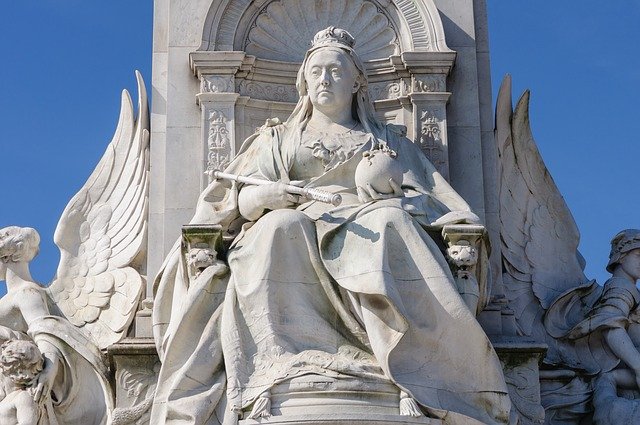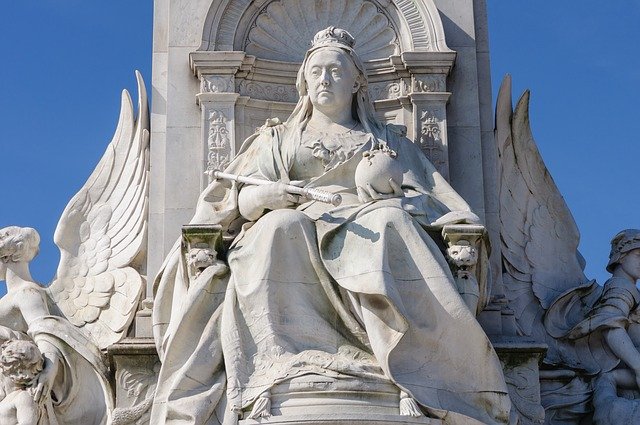By Tim Lambert
Women’s Jobs in the 19th Century
During the 19th century, the Industrial Revolution transformed life in Britain and in other countries in Europe and North America. By the end of the century, life was becoming more and more comfortable for most women.
In the 19th century at least 80% of the population was working class. In order to be considered middle class, you had to have at least one servant. Throughout the century ‘service’ was a major employer of women.
For working-class women, life was an endless round of hard work and drudgery. As soon as they were old enough they worked on farms and in factories. When they married and had children housework was very hard without electricity or modern cleaning agents.
Some reforms were made in the 19th century. In 1842 a law banned women and boys under 10 from working underground. In 1844 a law banned all children under 8 from working. Then in 1847, a Factory Act said that women and children could only work 10 hours a day in textile factories. In 1867 the law was extended to all factories. (A factory was defined as a place where more than 50 people were employed in a manufacturing process). An act of 1878 said women in any factories could not work more than 56 hours a week.
In the 19th century, many women worked at home finishing shirts or shoes. Others made boxes or lace at home. In the Black Country in the West Midlands of England, some women made chains in forges by their homes. Married working-class women often worked – they had to because many families were so poor they needed her earnings as well as her husbands.
In 1874 the first successful typewriter went on sale and the telephone was invented in 1876. These two new inventions meant more job opportunities for women. At the end of the 19th century, new inventions like the typewriter and the telephone created more jobs for women.
The Family in the 19th Century
Divorce was made legal in Britain in 1857 but it was very rare in the 19th century. n In the 19th century well-off women were kept busy running the household and organizing the servants. Some also helped their husband run a business.
Life became more comfortable for most women in the 19th century. James Simpson (1811-1870), who was Professor of Midwifery at Edinburgh University, began using chloroform for operations in 1847.
Meanwhile, in the 19th century, men and women practiced archery. In the late 19th century tennis, croquet and cycling were popular pastimes. Women first played at Wimbledon in 1884. Some intrepid women went mountaineering.
Women’s Rights in the 19th Century
Meanwhile, women gained more rights during the 19th century. In 1849 Elizabeth Blackwell became the first woman in the USA to gain a medical degree. In 1859 she became the first woman to have her name entered in the British General Medical Council’s medical register. In Britain, the first woman to qualify as a dentist was Lilian Lindsay in 1895. The first woman to qualify as an architect in Britain was Ethel Charles in 1898.
In 1869 John Stuart Mill published his book The Subjection of Women, which demanded equal rights for women. Also in 1869 women in Britain were allowed to vote in local elections.
In 1893 New Zealand became the first country to allow women to vote in national elections. Meanwhile, in the USA, the first women’s rights convention was held at Seneca Falls in 1848. The campaign for women’s rights in the USA in the 19th century was led by Susan B Anthony (1820-1906) and Elizabeth Cady Stanton (1815-1902).
In Britain, in the 19th century, women could not vote in parliamentary elections. But before 1835 they did vote in local elections. However, a law of 1835 banned women from voting in local elections. However, a law of 1869 restored that right. But things did not go smoothly. In 1872 a court ruling banned married women from voting in local elections. But in 1894 a new law restored the right to married women. However, women were still not allowed to vote in parliamentary elections.
Until the late 19th century in Britain, a married woman could not own property in her own right. (Although it could be held in trust for her, as a separate estate. Husbands were also responsible for their wives’ debts). However, the 1870 Married Women’s Property Act stated that a married woman’s earnings belonged to her. Married Women’s Property Acts were passed between 1882 and 1893. They allowed married women to own, buy, and sell their property the same as single women.
Meanwhile, in the USA the first state to allow married women to own property was Mississippi in 1839. New York passed a Married Women’s Property Act in 1858. During the late 19th century the other states followed suit.
There were many famous women in the 19th century. Elizabeth Fry played a key role in prison reform. Mary Kingsley explored parts of Africa. Ada Lovelace was a famous mathematician. Marie Curie (1867-1934) was a famous scientist. Maria Mitchell (1818-1889) was a famous astronomer. Gertrude Jekyll (1843-1932) was a famous gardener. On 7 September 1838, Grace Darling and her father William rowed a boat 1 mile through a storm to rescue 5 people from a steamship that had struck rocks. She became a heroine.
There were also famous women writers in Britain in the 19th century. Among them were the Bronte sisters, Elizabeth Gaskell and George Eliot (Mary Anne Evans). In 1818 Mary Shelley published her novel, Frankenstein.
In Britain in the 19th century, some rich bankers were women. Among them were Sarah Sophia Child-Villiers (1785-1867) and Harriot Beauclerk (c.1777-1837).

Women’s Clothes in the 19th Century
In the early 19th century women wore light dresses. In the 1830s they had puffed sleeves. In the 1850s they wore frames of whalebone or steel wire called crinolines under their skirts. In the late 1860s, women began to wear a kind of half crinoline. The front of the skirt was flat but it bulged outwards at the back. This was called a bustle and it disappeared in the 1890s. In the 19th century, women wore corsets.
About 1800 women started wearing underwear for the first time. They were called drawers. Originally women wore a pair of drawers i.e. they were actually two garments, one for each leg, tied together at the top. In Britain, in the late 19th century women’s drawers were called knickerbockers then just knickers.
A number of inventions to do with clothing were made in the 19th century. Thomas Hancock invented elastic in 1820. The safety pin was invented in 1849 by Walter Hunt. Henry Seeley invented the electric iron in 1882 but it did not become common until the 1930s. In 1863 Butterick made the first paper dress pattern.
Last revised 2025
